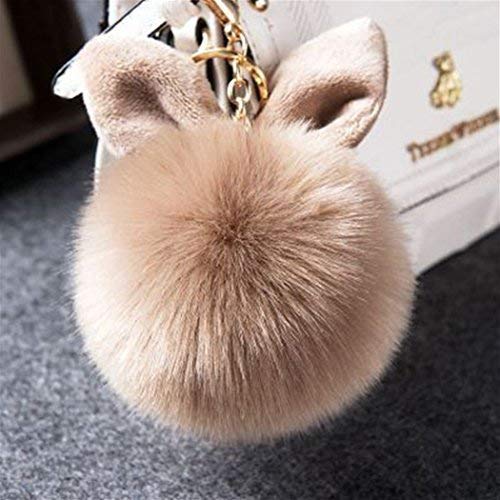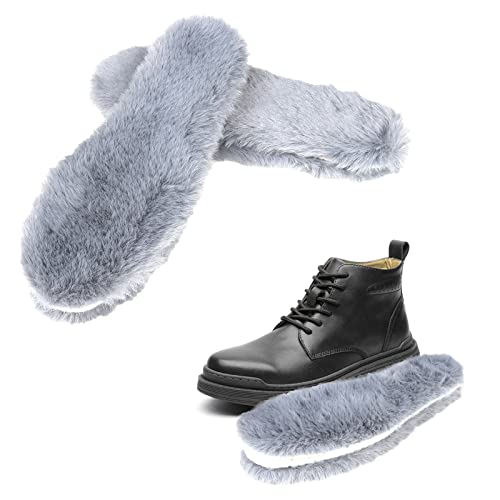Hello! Everyone was really helpful the first time I posted! Now I have a question about my lionhead doe.
I raised her from one of my own litters
She is the daughter of a black tort buck and a broken Siamese sable doe.
The only color I see is lilac! I am absolutely not an expert on that color and I am really confused! How could I get lilac from that combination? It’s slightly possible I think, but very unlikely. Newborn photo. I see that rosy hue that it says lilacs have.
Please tell me what y’all think of her!
Her litter mates I identified from left to right as: broken sable point
Broken black tort
Blue or lilac tort I wasn’t sure
If I’m wrong about their colors please tell me! I have more pictures to help identify them! Thank you!
Lilac can come from any combination, really (other than BEW x BEW or REW x REW). Lilac is dilute chocolate.; so, like
@kusanar314 says, if each parent carries both chocolate <
b> and dilute <
d>, a lilac can pop out, and those are both completely recessive so they can hide for a long time.
I'm not sure I'd call that kit lilac, though, with those darker ears. Lilac is a self color, so you shouldn't see any shading. I'd be happy with lilac-based - maybe lilac sable <
aabbc(chl)_ddE_> Wool sometimes baffles me, but in the original kit photo and the molting photo, it seems to me that it is not a pointed variety; the sable could explain the shading without needing a non-extension <
ee>. Based on the lack of distinct points, the shading on the ears in the kit photo, and variations in color around the face and over the saddle in the molting photo, my first guess would be lilac sable <
aabbc(chl)_ddE_>.


Lionhead varieties are being developed as we speak, and they can be a bit different in appearance from other breeds, even other wooled breeds. There are some good pictorial resources here:
https://www.blossomacresrabbitry.com/educational-materials/lionhead-color-id
https://lionheadrabbit.com/varieties/
Black tort is <
aaB_C_D_ee>, but I think your buck may be a VM chocolate tort <
aabbC_D_eevv>.
Siamese sable in lionheads is <
aaB_c(chl)_D_E_>, a normal extension color. However, if this is the dam, honestly I don't know what she is, but I don't think she's siamese sable:

Are the eye rings black, or are they dark sepia? It can be tricky to judge with so little color. Also, it appears she has a little color on/around her ears; seems maybe sable-y but I can't tell what that color is. If you have more photos of her, I'd love to see them.
You say she's from broken sable point and BEW; the combination of broken <
Enen> and BEW <
vv> could explain the white/cream body and dark eye rings. Can you tell, is her body color creamy, or actually white? Those super-minimal markings suggest charlie to me (double broken <
EnEn>), but since she had solid kits, I'd rule that out.
I suppose she could also be a broken sable point , which is a broken non-extension sable, or even a broken sable (which would be a broken siamese sable), both with or without vienna marks. You'd not expect a sable point to have such dark eye rings, and you'd expect to see color on the nose, but the vienna allele is good at eliminating color on the nose. And apparently broken-colored lionheads often lack a nose marking, anyway.
As far as the other kits, from what I can see, you may have #1 broken lilac or broken lilac sable, #2 lilac sable, #3 broken orange (I can't see the face for evidence of torting), and #4 maybe lilac tort (the points on that kit look very similar to those on the lilac sable #2). Either of the brokens (#1 and #3) could also be VM - you wouldn't necesssarily be able to tell on a broken. The fact that their ears are white makes me suspect VM, though, since even in lionheads, brokens usually have color on the ears.

As far as the lilac sable, watch for color changes and/or blotchiness. Sable is a temperature-sensitive allele, so the rabbit very often has shifting tones and uneven color.
 Newborn photo. I see that rosy hue that it says lilacs have.
Newborn photo. I see that rosy hue that it says lilacs have. Her and her brothers
Her and her brothers her compared to my blue buck
her compared to my blue buck she is older here
she is older here photo from yesterday. She is molting right now.
photo from yesterday. She is molting right now. mom
mom dad.
dad. Newborn photo. I see that rosy hue that it says lilacs have.
Newborn photo. I see that rosy hue that it says lilacs have. Her and her brothers
Her and her brothers her compared to my blue buck
her compared to my blue buck she is older here
she is older here photo from yesterday. She is molting right now.
photo from yesterday. She is molting right now. mom
mom dad.
dad.



























































